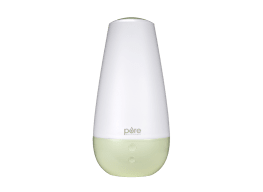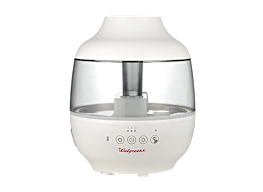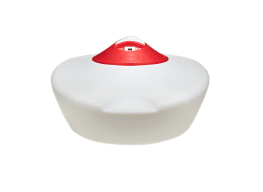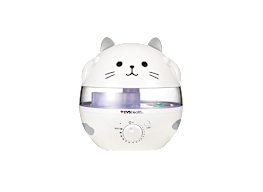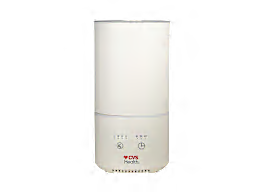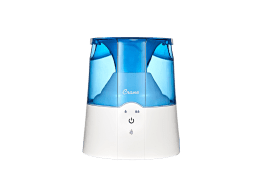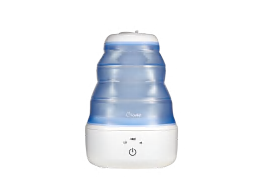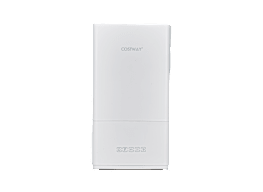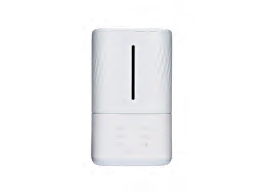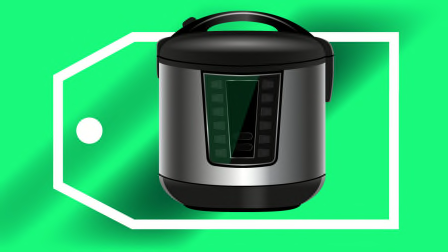How to Clean Your Humidifier
Take these steps to keep mold from growing in the unit and entering the air in your home
When you shop through retailer links on our site, we may earn affiliate commissions. 100% of the fees we collect are used to support our nonprofit mission. Learn more.
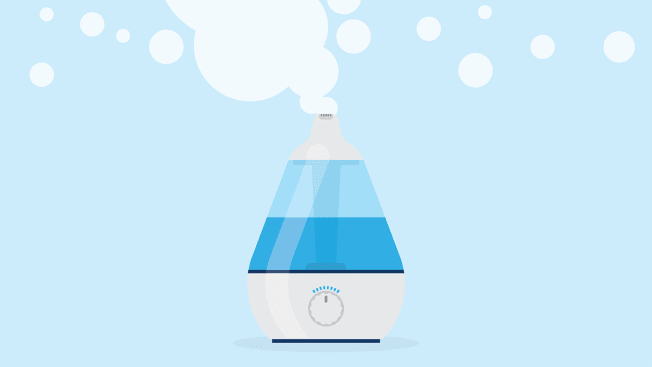
A humidifier can make your home more comfortable when the air inside gets dry, a common winter problem in much of the U.S. But if you don’t properly clean the device, it can also breed and spread mold spores harmful to people with allergies, according to the American Academy of Allergy Asthma & Immunology.
So do take the time to maintain it. The moisture a humidifier replenishes can prevent dry, itchy skin. It can reduce the likelihood that people in your household suffer from dry sinuses, nosebleeds, and cracked lips, according to the Mayo Clinic. And it can mitigate the symptoms of colds and respiratory ailments.
What to Do Daily and Weekly
Daily: To prevent the growth of mold and other contaminants, we recommend rinsing, towel-drying, and refilling your humidifier’s tank with fresh water every day.
Weekly: Give the tank and the well a deep cleaning once a week, as outlined below.
We suggest using vinegar, because it’s cheap, you probably have some in your pantry, and it’s gentle on your humidifier’s parts. It also encourages you to keep rinsing the unit until it stops smelling like a salad.
Some manufacturers suggest using bleach to sanitize. While that can be effective, James Dickerson, PhD, CR’s former chief scientific officer, points out that it has its risks. “Bleach can degrade some plastics and seals that keep the unit watertight and structurally sound,” he says. Never use both vinegar and bleach. Mixing those two common household substances can form chlorine gas, which can be dangerous and even deadly.

Remove the Tank From the Base
To the well of the base, add either 1 cup of vinegar or a ½ cup each of vinegar and water.
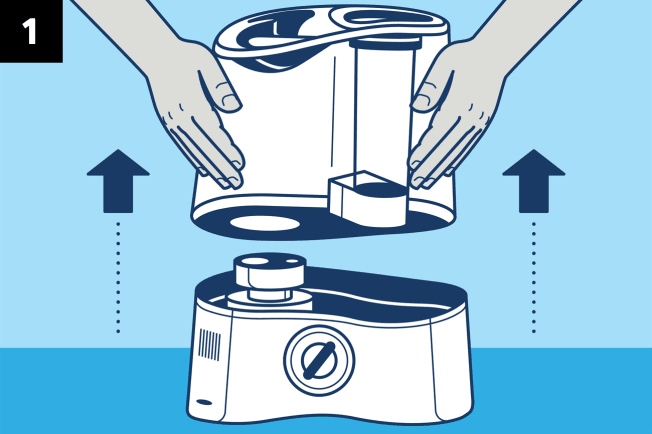
Illustration: Guilherme Henrique Illustration: Guilherme Henrique
Use the Cleaning Tool
Reach into crevices and scrub off scale in the well with a toothbrush or other cleaning implements. Rinse with water until no vinegar smell remains. Towel dry.
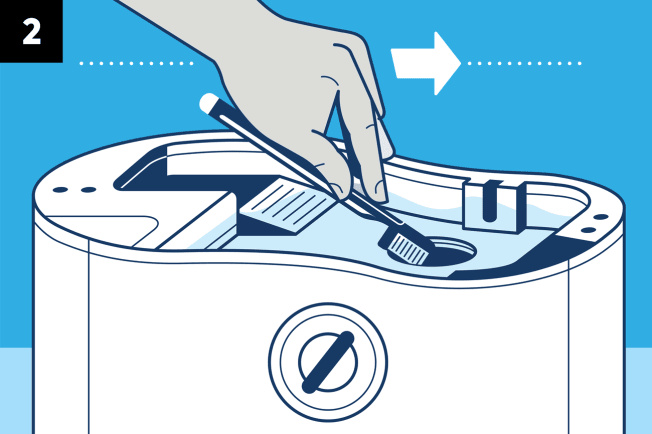
Illustration: Guilherme Henrique Illustration: Guilherme Henrique
Pour 1 Cup Each of Vinegar and Water Into the Tank
Cap the tank and let it soak for 20 minutes, swishing or shaking the liquid periodically. Pour out the vinegar solution and rinse with water until no smell remains and towel dry. If you won't be using the humidifer for a few days, both the tank and the well empty.
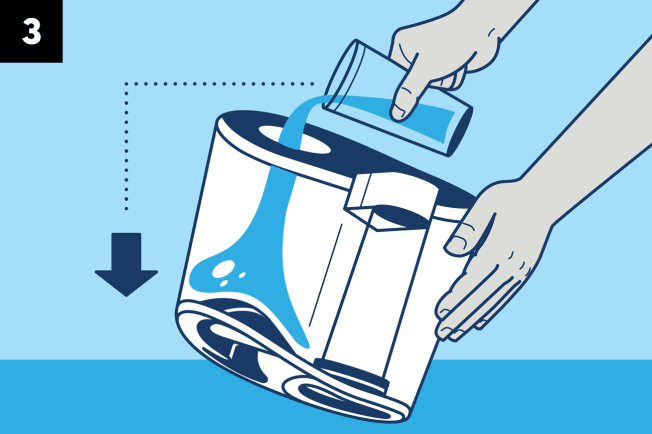
Illustration: Guilherme Henrique Illustration: Guilherme Henrique
What to Do Seasonally
When you’re ready to store your humidifier in the springtime, do an extra-thorough cleaning. And then allow it to dry thoroughly, including the inside of the tank. Inspect the wick or filter, if your unit has one, and replace those consumable parts according to the maker’s recommended schedule, or if they seem, well, gross.
After taking your humidifier out of storage the next winter, fill the tank only when you’re ready to start using it.
Humidifiers to Consider
Do you find your current humidifier a challenge to keep clean? Here are models that score well for convenience, impressing our testers with their ease of cleaning as well as the unit’s weight, how easy the tank is to empty and fill from a bathroom or kitchen sink, and whether the parts can be put into a dishwasher. (You can filter the ratings to find models with higher convenience scores.)

















